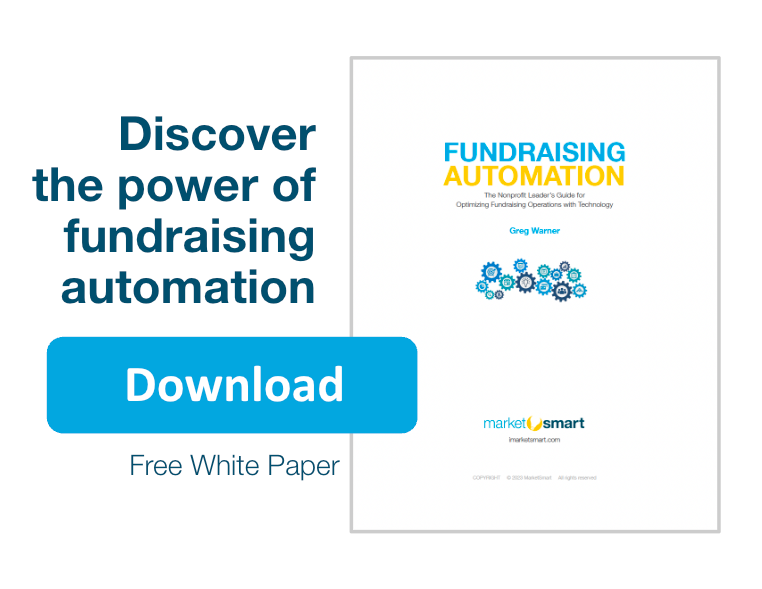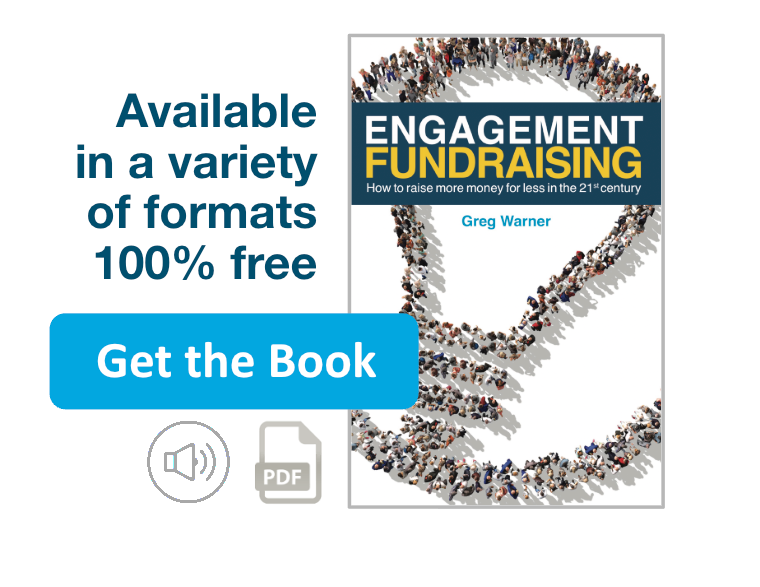Philanthropic facilitation is as old as human history. It began when two or more people saw a common need or opportunity and resolved to work together to do something about it. It was about a greater good that most or all could see. We built things together. People gave what they had – a strong back, carpentry or stone mason skills, food or a portion of their crops.
Fundraising as we know it today is an outgrowth of growth itself. As populations boomed, migration skyrocketed, and the world shrunk, organizations had to expand rapidly to accommodate changing human hopes and needs. They had to become more specialized. Those providing services were so consumed with meeting demand that they did not have time to secure the resources they needed and a new field was born.
The first campaign as we know it today was run by the YMCA after a couple of branch leaders realized a greater good could be achieved if the Y pooled its efforts so that together they could more fully serve a rising need and a greater good.
But somewhere along the way, in too many instances, fundraising began to shift from something we did with donors to something we did to them. We the people pursuing collective interests became we the organization getting what we want from them, the donors.
When I read fundraising plans or campaign plans concocted by so-called experts, I see a high degree of overcomplication. Some feasibility studies and campaign plans read as if we are preparing to lay siege to the philanthropic. Elaborate preparations must be made. Extensive intelligence must be gathered. Armies must be assembled and the bombardment of propaganda must be sustained until the philanthropic submit to our stratagems. We have targets and suspects. Research sounds like spying to abet our sidling into enemy territory.
Uh, can’t we just come up with a few ideas about how we can better serve those we’re supposed to be serving and start some conversation with those who care about them? From those conversations, can’t we find the best way forward together? Do we need anything more than good intent and someplace to chat, real or virtual?
Could it be that fundraising got so complicated because we started to believe it was about getting money first, and then figuring out what to do with it? And if you can’t show how you’re acting in collective interests, doesn’t that lead to elaborate arguments and complex strategies to convince people to do something that doesn’t quite seem to be in their interest or those of their loved ones, friends, neighbors, or even distant relations?
Doesn’t the loss of giving households and record attrition rates tell us that more of them are on to us and won’t come back until we treat them like neighbors across the fence? Or are we so far gone that we’ll continue to lay expensive, time-consuming, destructive siege to the shrinking, aging bastions of philanthropy?
Jim Langley is the president of Langley Innovations. Langley Innovations provides a range of services to its clients to help them understand the cultural underpinnings of philanthropy and the psychology of donors and, with that knowledge, to develop the most effective strategies and tactics to build broader and more lasting communities of support. Jim has authored numerous books including his most recent book, The Future of Fundraising: Adapting to New Philanthropic Realities, published by Academic Impressions in 2020.
Related Resources:
- Webinar: 4-Step Process for “Reimagining Fundraising Operations”
- The Power of Building Relationships: Why Donors Need Good Fundraisers
- How Many Major Donors Are You Overlooking Right Under Your Nose?
- Planting Seeds: The Step Before Cultivation
- Why Major Donors Give – How to Tap into Their Motives and Inspire Transformational Gifts




